Honggu Liu
FAMSeC: A Few-shot-sample-based General AI-generated Image Detection Method
Oct 17, 2024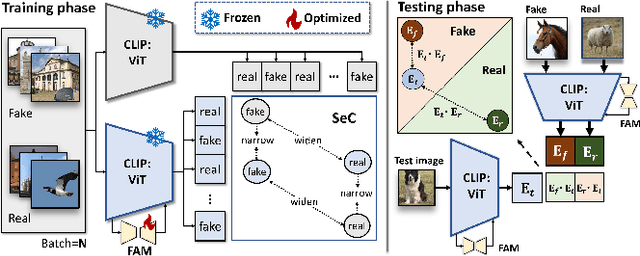
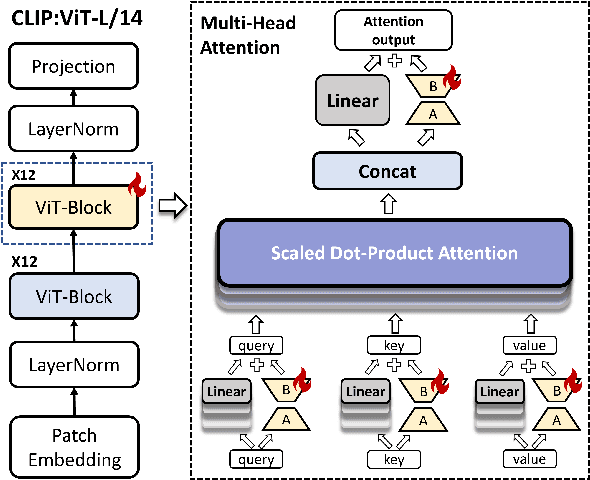
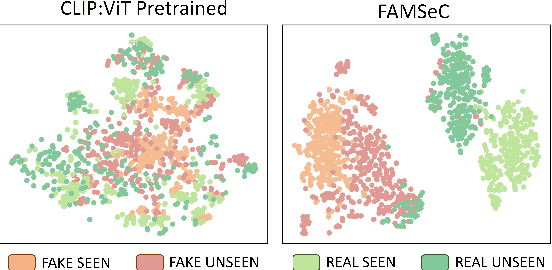

Abstract:The explosive growth of generative AI has saturated the internet with AI-generated images, raising security concerns and increasing the need for reliable detection methods. The primary requirement for such detection is generalizability, typically achieved by training on numerous fake images from various models. However, practical limitations, such as closed-source models and restricted access, often result in limited training samples. Therefore, training a general detector with few-shot samples is essential for modern detection mechanisms. To address this challenge, we propose FAMSeC, a general AI-generated image detection method based on LoRA-based Forgery Awareness Module and Semantic feature-guided Contrastive learning strategy. To effectively learn from limited samples and prevent overfitting, we developed a Forgery Awareness Module (FAM) based on LoRA, maintaining the generalization of pre-trained features. Additionally, to cooperate with FAM, we designed a Semantic feature-guided Contrastive learning strategy (SeC), making the FAM focus more on the differences between real/fake image than on the features of the samples themselves. Experiments show that FAMSeC outperforms state-of-the-art method, enhancing classification accuracy by 14.55% with just 0.56% of the training samples.
Spatial-Phase Shallow Learning: Rethinking Face Forgery Detection in Frequency Domain
Mar 10, 2021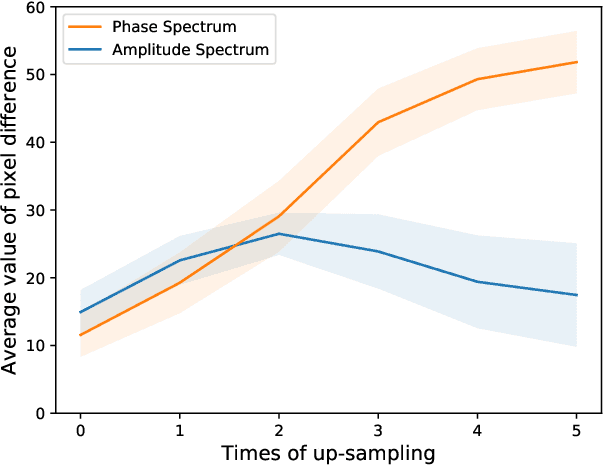
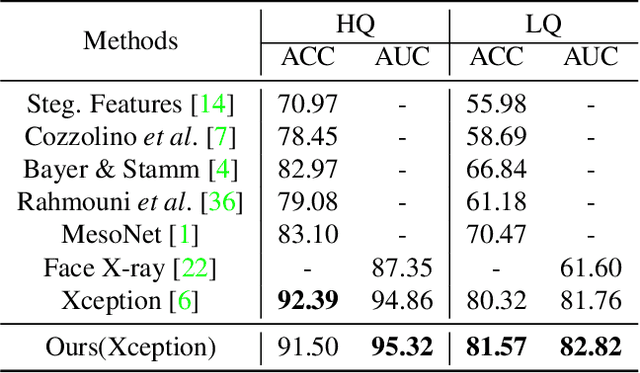
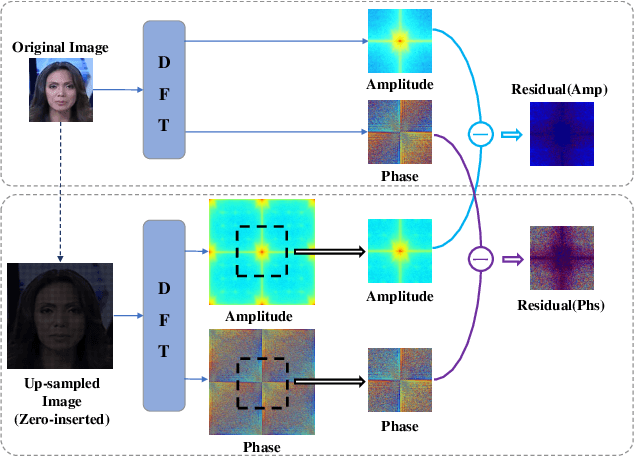

Abstract:The remarkable success in face forgery techniques has received considerable attention in computer vision due to security concerns. We observe that up-sampling is a necessary step of most face forgery techniques, and cumulative up-sampling will result in obvious changes in the frequency domain, especially in the phase spectrum. According to the property of natural images, the phase spectrum preserves abundant frequency components that provide extra information and complement the loss of the amplitude spectrum. To this end, we present a novel Spatial-Phase Shallow Learning (SPSL) method, which combines spatial image and phase spectrum to capture the up-sampling artifacts of face forgery to improve the transferability, for face forgery detection. And we also theoretically analyze the validity of utilizing the phase spectrum. Moreover, we notice that local texture information is more crucial than high-level semantic information for the face forgery detection task. So we reduce the receptive fields by shallowing the network to suppress high-level features and focus on the local region. Extensive experiments show that SPSL can achieve the state-of-the-art performance on cross-datasets evaluation as well as multi-class classification and obtain comparable results on single dataset evaluation.
 Add to Chrome
Add to Chrome Add to Firefox
Add to Firefox Add to Edge
Add to Edge